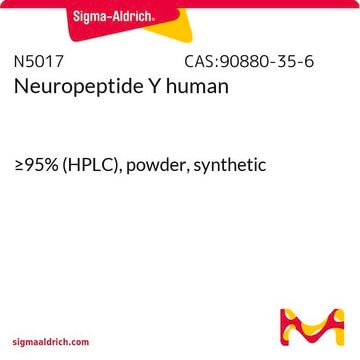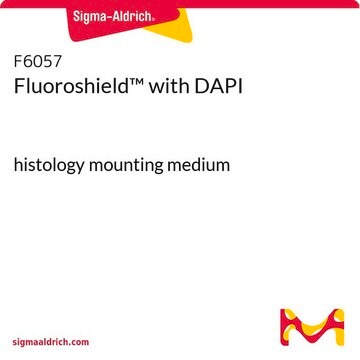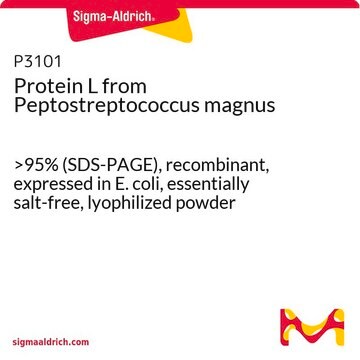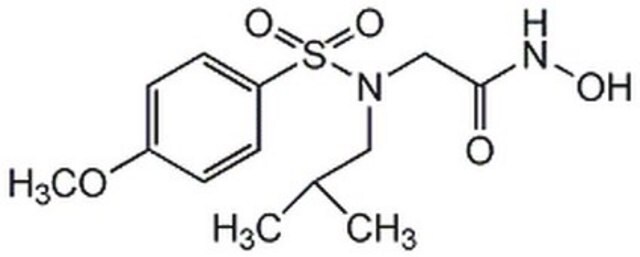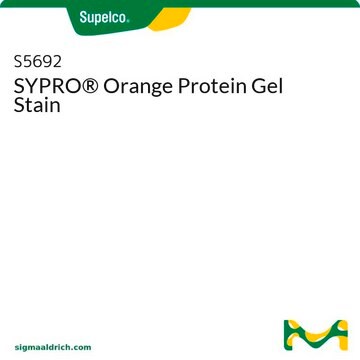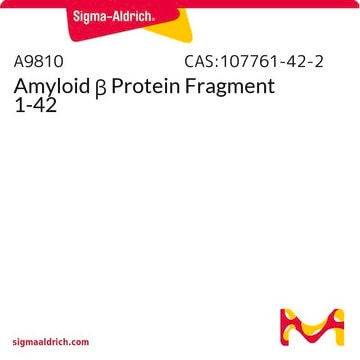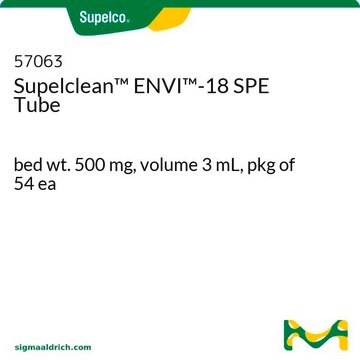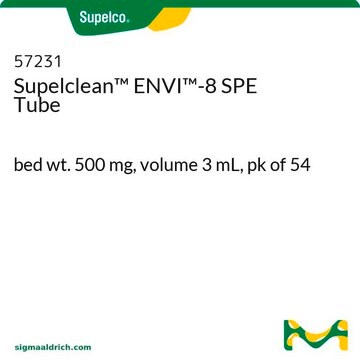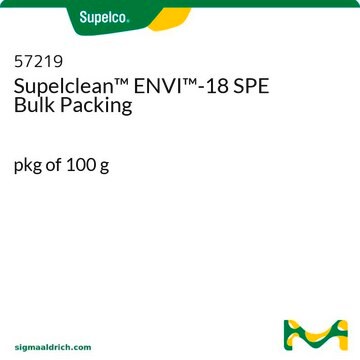504270
Supelclean™ LC-18 SPE Tube
bed wt. 100 mg, volume 1 mL, pk of 108
Select a Size
Select a Size
About This Item
Recommended Products
material
PE frit (20 μm porosity)
polypropylene hardware
Quality Level
product line
Supelclean™
feature
endcapped
composition
bed wt., 100 mg
packaging
pk of 108
extent of labeling
~11.5% C loading
technique(s)
solid phase extraction (SPE): suitable
surface area
475 m2/g
volume
1 mL
Looking for similar products? Visit Product Comparison Guide
General description
Application
- Artesunate, dihydroartemisinin, mefloquine, amodiaquine and desethylamodiaquine in human plasma samples prior to their determination by reversed phase high performance liquid chromatography (RP-HPLC) coupled to electrochemical (EC) detector or ultraviolet (UV) detector.
- Ursodeoxycholic acid in blood serum samples prior to its analysis by HPLC-UV.
- Calycosin-7-O-β-D-glucoside, ononin, astragaloside IV, astragaloside I and ferulic acid in rat plasma samples after oral administration of Danggui Buxue Tang extract, prior to their pharmacokinetic studies by LC coupled to mass spectrometry (MS).
Legal Information
Storage Class
11 - Combustible Solids
wgk_germany
WGK 3
flash_point_f
Not applicable
flash_point_c
Not applicable
ppe
dust mask type N95 (US), Eyeshields, Gloves
Choose from one of the most recent versions:
Already Own This Product?
Find documentation for the products that you have recently purchased in the Document Library.
Customers Also Viewed
Articles
Reversed-phase interaction will retain most molecules with hydrophobic character; it is very useful for extracting analytes that are very diverse in structure within the same sample.
Our team of scientists has experience in all areas of research including Life Science, Material Science, Chemical Synthesis, Chromatography, Analytical and many others.
Contact Technical Service